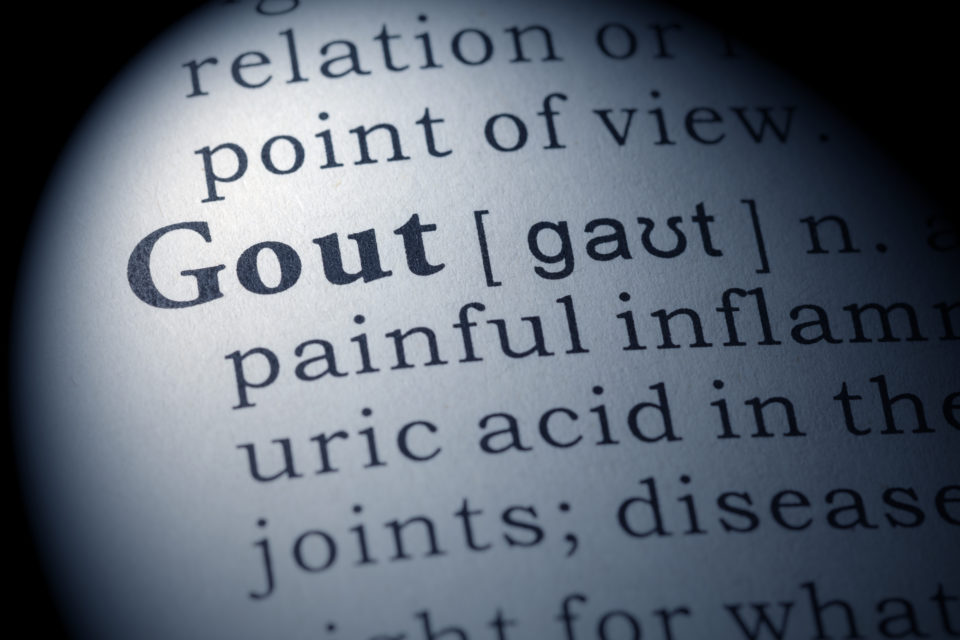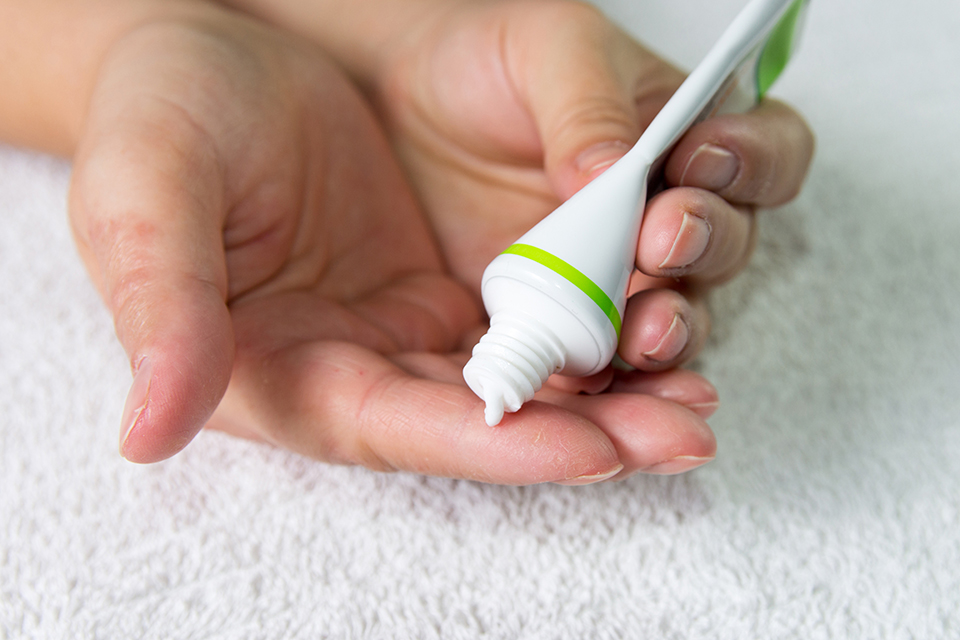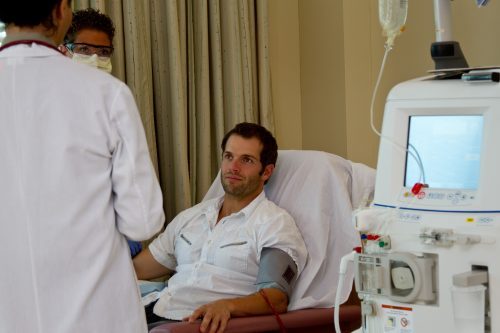
Researchers at University of California San Diego School of Medicine have identified a new molecular model and potential therapeutic target for gout. Gout occurs as a product of urate builds up in the body (hyperuricemia). Needle-shaped crystals form and deposit in and around the joints as a result of hyperuricemia. The crystal deposits lead to flares of severe pain, joint swelling, and tenderness and can progress to chronic joint damage that can limits patients’ movement and quality of life. Typical gout treatment is pharmacological. Nonsteroidal anti-inflammatory drugs (NSAIDs), colchicine, and corticosteroids are commonly prescribed to block uric acid production or improve uric acid removal.
Previous studies have reported that hyperuricemia promotes urate crystal deposition that stimulates the NLRP3 inflammasome and IL-1β-mediated arthritis. “Incident gout without background hyperuricemia is rarely reported. To identify hyperuricemia-independent mechanisms driving gout incidence and progression, we characterized erosive urate crystalline inflammatory arthritis meeting American College of Rheumatology/European League Against Rheumatism gout classification criteria in a normouricemic young adult female,” the authors of a study published in Arthritis & Rheumatology wrote.
The researchers studied an individual with a rare case of gout. The patient had developed urate crystal deposits and erosion in her joints; however, researchers did not observe elevated levels of urate in her blood. “This naturally occurring and extremely unusual disorder provided a unique opportunity to look at gouty arthritis through a different lens, and understand what molecular processes contribute to the disease independent of hyperuricemia,” senior author Robert Terkeltaub, MD, said in a press release.
Through whole genome sequencing, quantitative proteomics, and RNA-sequencing methods, researchers identified a major molecular pathway that was disrupted in the patient, particularly centering on a significant reduction in lubricin.
Lubricin, mucinous proteins that provides boundary lubrication and prevent cell and protein adhesion, suppresses the secretion of urate and blocks urate from crystallizing in the joint. In addition to the patient with a rare case of gout, the researchers also assessed several patients with the common form of gout where they confirmed that they too had markedly decreased levels of lubricin.
The authors suggested that whether a patient with hyperuricemia develops gout “may thus be influenced by which gene variants they have for lubricin and other molecules that control its production or degradation in the joint.”
“Our findings show that lubricin may be a new biomarker for tracing patients’ risk of developing gout, and that new drugs to maintain and increase lubricin could limit the incidence and progression of gouty arthritis,” Dr. Terkeltaub remarked.







 © 2025 Mashup Media, LLC, a Formedics Property. All Rights Reserved.
© 2025 Mashup Media, LLC, a Formedics Property. All Rights Reserved.